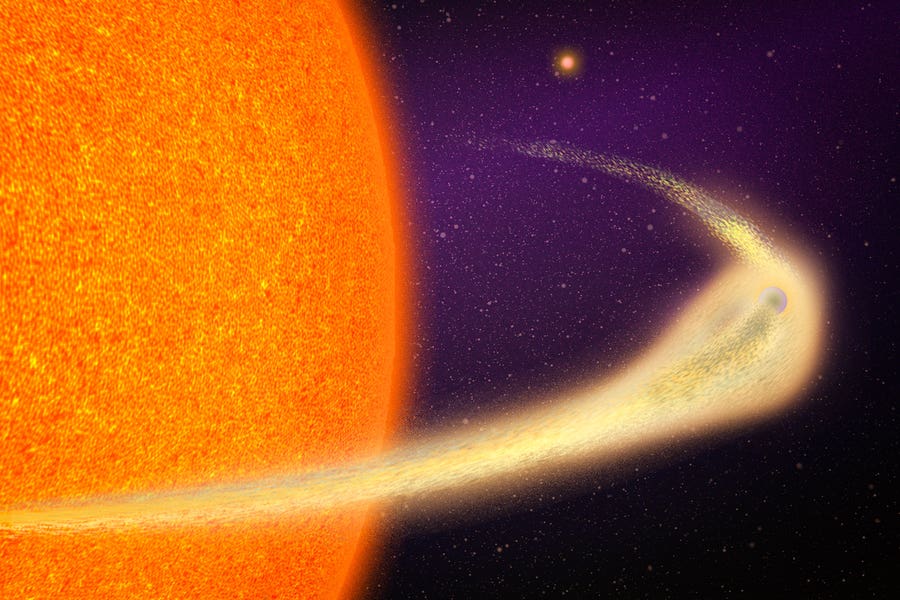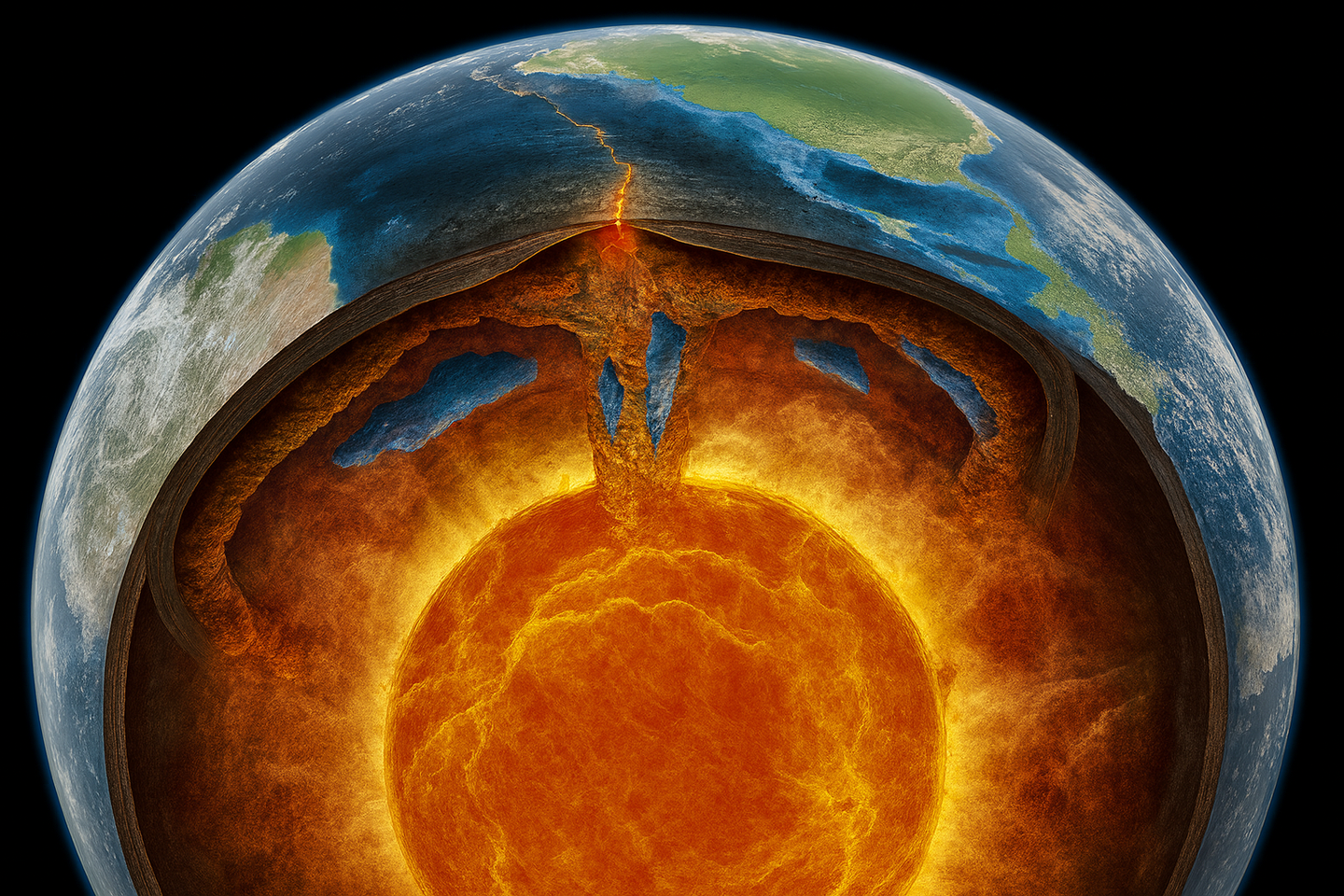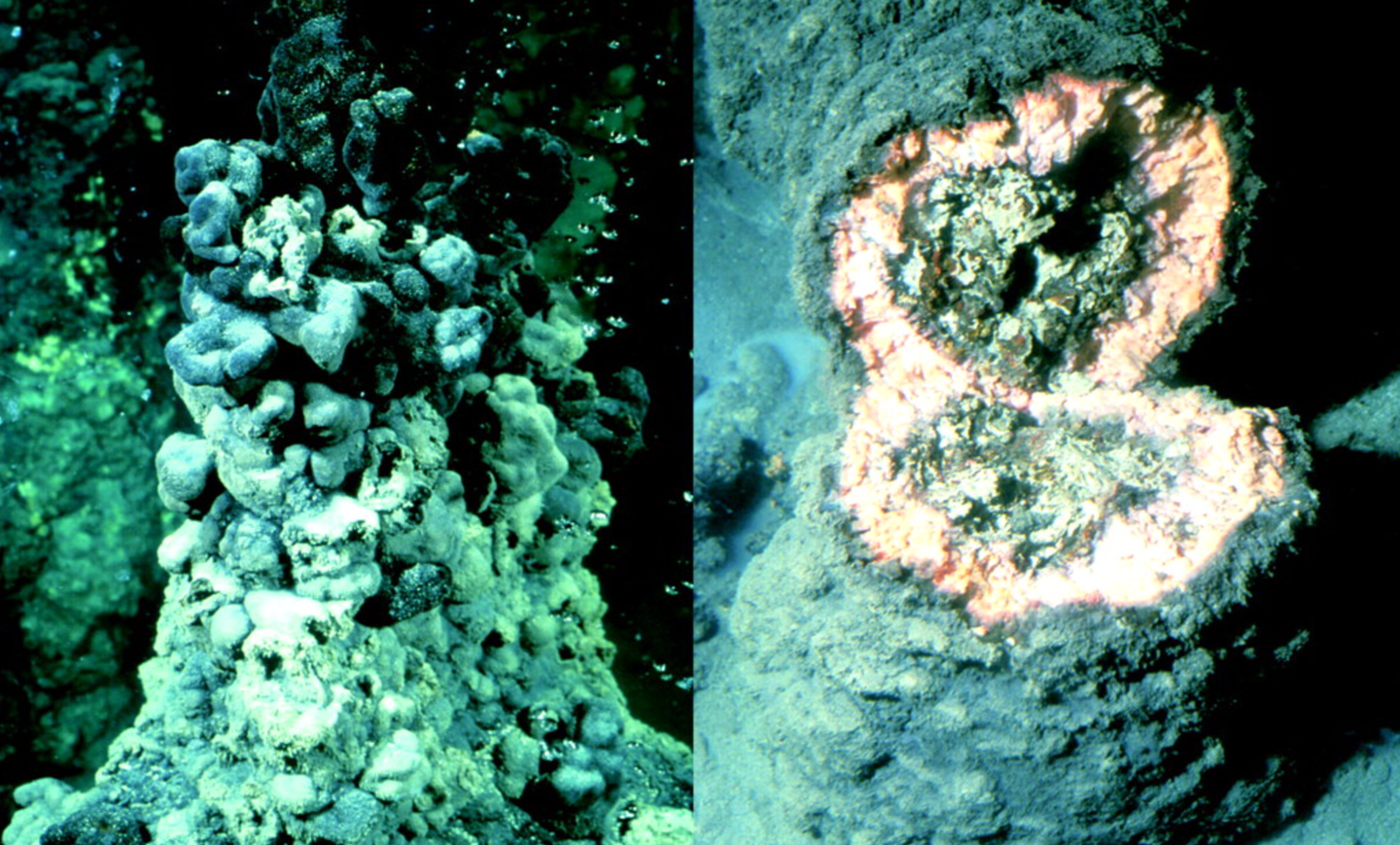Astronomers discover planet with enormous dust tails crumbling into oblivion
A rare and dramatic scene unfolds 140 light-years from Earth. A rocky planet, once whole, is now crumbling to dust under the brutal heat of its host star. The planet,…

Astronomers find BD+05 4868 Ab, a disintegrating planet with massive dusty tails. (CREDIT: Jose-Luis Olivares, MIT)
A rare and dramatic scene unfolds 140 light-years from Earth. A rocky planet, once whole, is now crumbling to dust under the brutal heat of its host star.
The planet, labeled BD+05 4868 Ab, is shedding its minerals into space, leaving behind enormous dusty tails. This discovery offers scientists a rare look at the death of a small, rocky world.
A New Kind of Cosmic Discovery
Using NASA’s Transiting Exoplanet Survey Satellite (TESS), astronomers at MIT spotted strange dips in a star's brightness. You usually expect an orbiting planet to cause a neat, symmetrical dip when it passes in front of its star.
But BD+05 4868 Ab's signal was messy and uneven. The dip in light was not only deeper than usual, but it also changed shape every time the planet completed its orbit. It was a sign that something much stranger was happening.
Marc Hon, a postdoc at MIT’s Kavli Institute for Astrophysics and Space Research, describes the discovery this way: “The extent of the tail is gargantuan, stretching up to 9 million kilometers long, or roughly half of the planet’s entire orbit.”
In simple terms, this crumbling planet trails a cloud of dust so large that it sometimes blocks even more light than the planet itself. Hon and his colleagues, including Avi Shporer at the TESS Science Office, quickly realized they had caught a planet in its final, desperate breaths.
Roasting to Ruin
BD+05 4868 Ab orbits its host star in just 30.5 hours. To put that into perspective, Mercury—the closest planet to our Sun—takes 88 days to make a full orbit. BD+05 4868 Ab is about 20 times closer to its star than Mercury is to the Sun.
Related Stories
At such blistering proximity, temperatures on the planet soar to 1,600 degrees Celsius, or nearly 3,000 degrees Fahrenheit. These conditions cause the surface minerals to boil off into space, creating massive, comet-like dust tails.
Hon notes, “The shape of the transit is typical of a comet with a long tail. Except that it’s unlikely that this tail contains volatile gases and ice as expected from a real comet — these would not survive long at such close proximity to the host star. Mineral grains evaporated from the planetary surface, however, can linger long enough to present such a distinctive tail.”
The loss of mass is staggering. Each time BD+05 4868 Ab orbits its star, it sheds material equal to one Mount Everest. Scientists estimate the planet could completely disintegrate within 1 to 2 million years.
“This is a very tiny object, with very weak gravity, so it easily loses a lot of mass, which then further weakens its gravity, so it loses even more mass,” explains Shporer. “It’s a runaway process, and it’s only getting worse and worse for the planet.”
How Disintegrating Planets Work
When rocky planets orbit too close to their stars, they face extreme heat. Their surfaces melt, creating thin atmospheres of vaporized rock. If a planet is small enough, like BD+05 4868 Ab, it cannot hold onto this atmosphere.
Instead, the vapor escapes as a powerful, gas-driven wind known as a Parker-type wind. As the vapor moves away, it cools and forms tiny dust grains. These grains drift into space, pushed by the star’s gravity and radiation. Over time, they form long, glowing tails.
The dusty material blocks light from the star in strange ways. Instead of symmetrical dips, you see long, messy ones. Some transits are deeper, others shallower, depending on how much dust is in the way. Scientists have found only three other such planets before: Kepler-1520b, KOI-2700b, and K2-22b.
Each crumbling planet tells a slightly different story. Some have short tails, others longer. Some lose mass slowly, others more dramatically. BD+05 4868 Ab is by far the most extreme case yet, with the deepest transit depths and the longest tail.
Why BD+05 4868 Ab Matters
Finding a disintegrating planet is rare enough. But finding one around a bright star like BD+05 4868 A is even more special.
The star’s brightness—TESS magnitude 9.18—means that astronomers can study the planet’s dusty tail in greater detail than ever before. Previous disintegrating planets orbited much dimmer stars, making it hard to collect good data.
Hon and graduate student Nicholas Tusay from Penn State University are leading new observations using NASA’s James Webb Space Telescope (JWST). They plan to measure which minerals make up the planet’s dust tail by analyzing how it absorbs infrared light.
“This will be a unique opportunity to directly measure the interior composition of a rocky planet, which may tell us a lot about the diversity and potential habitability of terrestrial planets outside our solar system,” Hon says.
At the same time, the team will continue scanning TESS data for signs of more doomed worlds. Shporer adds, “Sometimes with the food comes the appetite, and we are now trying to initiate the search for exactly these kinds of objects.”
NASA’s TESS mission, led by MIT, is giving astronomers the tools they need to spot these strange signals across the sky. Its wide field of view and focus on bright stars make it perfect for catching planets like BD+05 4868 Ab in their final moments.
The work on this discovery will be published in the Astrophysical Journal Letters by Hon, Shporer, and a large team of collaborators from MIT and other institutions, including Saul Rappaport, Andrew Vanderburg, Jeroen Audenaert, William Fong, Jack Haviland, Katharine Hesse, Daniel Muthukrishna, Glen Petitpas, Ellie Schmelzer, Sara Seager, and George Ricker.
Supported in part by NASA, this research could open a new chapter in understanding how small, rocky planets die—and what they leave behind.
Note: The article above provided above by The Brighter Side of News.
Like these kind of feel good stories? Get The Brighter Side of News' newsletter.



